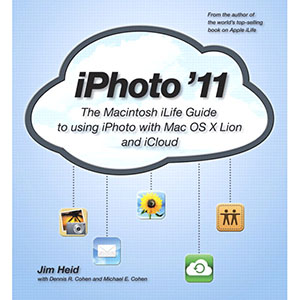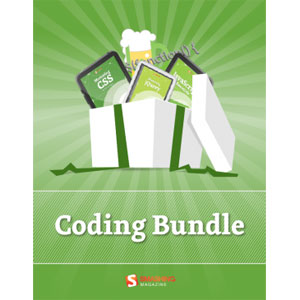How to Record Great Music

Sound engineer, author and musician Björgvin Benediktsson teaches you How to Record Great Music with whatever equipment you got!
Audio engineering and music production are a huge subject, but by breaking down the essential facets of audio engineering and recording into easily consumable chapters, Björgvin gets you up and running by covering everything from buying essential audio equipment to using reverb effectively in your recordings.
If you’ve been thinking about recording music or dabbling in audio engineering, then kick-start the process by grabbing a copy of Björgvin’s book and start learning how you can record great music with whatever equipment you got!
What Makes a Good Sound Recording music is a subjective process and nobody does it exactly the same way. Sound engineers are usually trying to reproduce something that they hear in their head by using the tools they have on hand. However, regardless of the music genre or style, there are always certain things people try to capture in order for their instruments to sound good. In this chapter I take a look at what exactly those things are, and what needs to be considered when trying to identify what makes a good sound.
How I Record Great Music In this chapter I go through the proper steps involved in recording a great song and explore how you go from an idea to its implementation and to the final product. It’s always easier to know what you have to do if you have an easy-to-follow, step-by-step guide which takes you from start to finish.
An Introduction to Microphones and Mic Techniques Choosing the right type of microphone and the right mic set-up to use in a recording is an important part of the recording process and so in this chapter I look at some of the different types of microphones available and which techniques are best suited for various instruments and recording scenarios.
The Recording Workflow In this chapter I cover the steps you need to take to make sure you have a clear understanding of what you need to accomplish during the recording phase in order to save yourself (and others) a lot of hassle and time in the studio, and to increase your workflow.
The Audio Mixer Many of today’s audio engineers and bedroom recordists do most of their work on a computer, and don’t really depend on bulky mixing boards any more, but the functionality is the same and so in this chapter I take you through the main features found on a typical channel strip of a mixing desk and explain what they are for.
The Audio Editor Audio editing is one of those menial tasks that take time, but once you do, you’re glad you did it. It’s kind of like cleaning your refrigerator, or mowing the lawn. It leaves you with cleaner audio that is easier to work with and takes your recording to a whole new level. In this chapter we look at the clean-up process of what needs to be done after the recording is complete and identify all the things you can do to differentiate your recording from that of an amateurs to that of a professionals.
Book Details
- Paperback: 111 pages
- Publisher: Rockable Press (December 2011)
- Language: English














